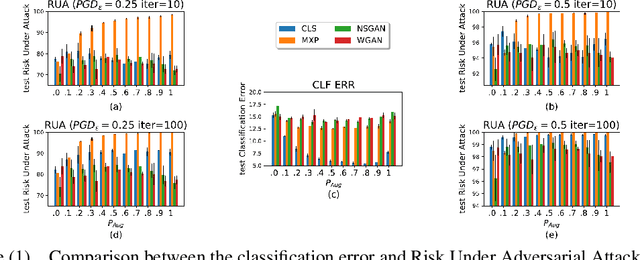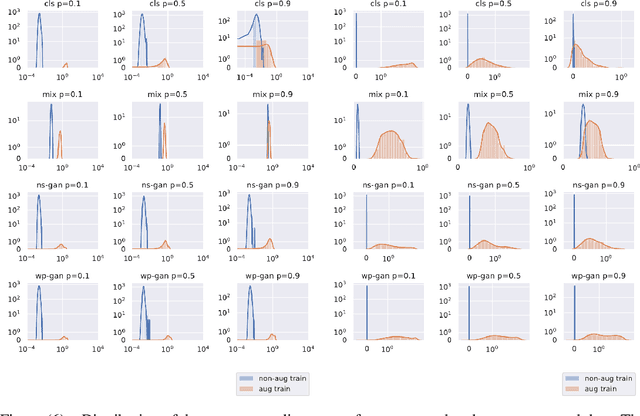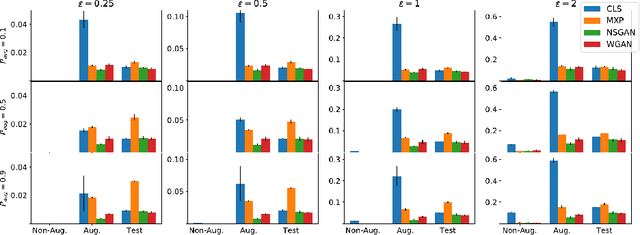On Data Augmentation and Adversarial Risk: An Empirical Analysis
Paper and Code
Jul 06, 2020


Data augmentation techniques have become standard practice in deep learning, as it has been shown to greatly improve the generalisation abilities of models. These techniques rely on different ideas such as invariance-preserving transformations (e.g, expert-defined augmentation), statistical heuristics (e.g, Mixup), and learning the data distribution (e.g, GANs). However, in the adversarial settings it remains unclear under what conditions such data augmentation methods reduce or even worsen the misclassification risk. In this paper, we therefore analyse the effect of different data augmentation techniques on the adversarial risk by three measures: (a) the well-known risk under adversarial attacks, (b) a new measure of prediction-change stress based on the Laplacian operator, and (c) the influence of training examples on prediction. The results of our empirical analysis disprove the hypothesis that an improvement in the classification performance induced by a data augmentation is always accompanied by an improvement in the risk under adversarial attack. Further, our results reveal that the augmented data has more influence than the non-augmented data, on the resulting models. Taken together, our results suggest that general-purpose data augmentations that do not take into the account the characteristics of the data and the task, must be applied with care.
 Add to Chrome
Add to Chrome Add to Firefox
Add to Firefox Add to Edge
Add to Edge